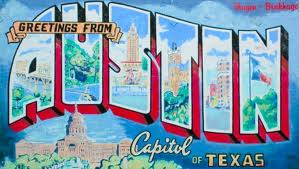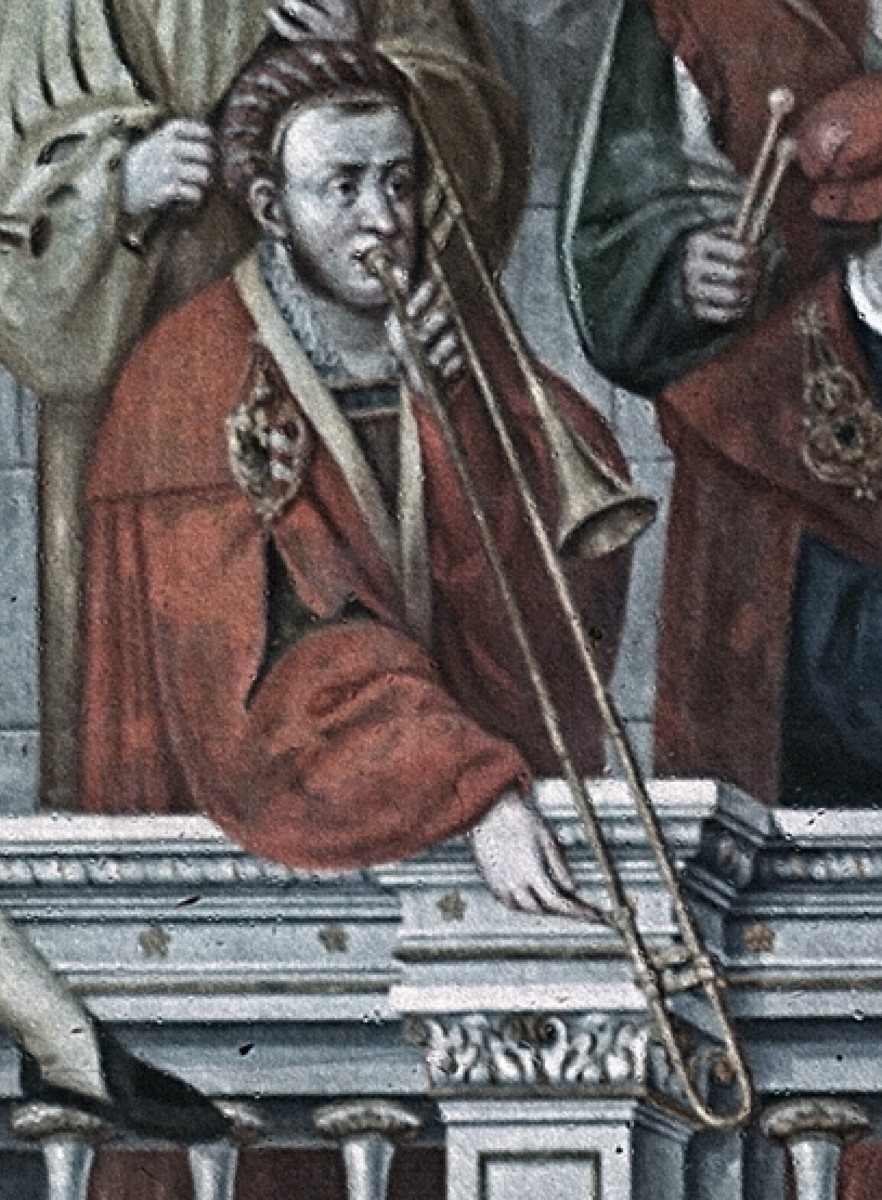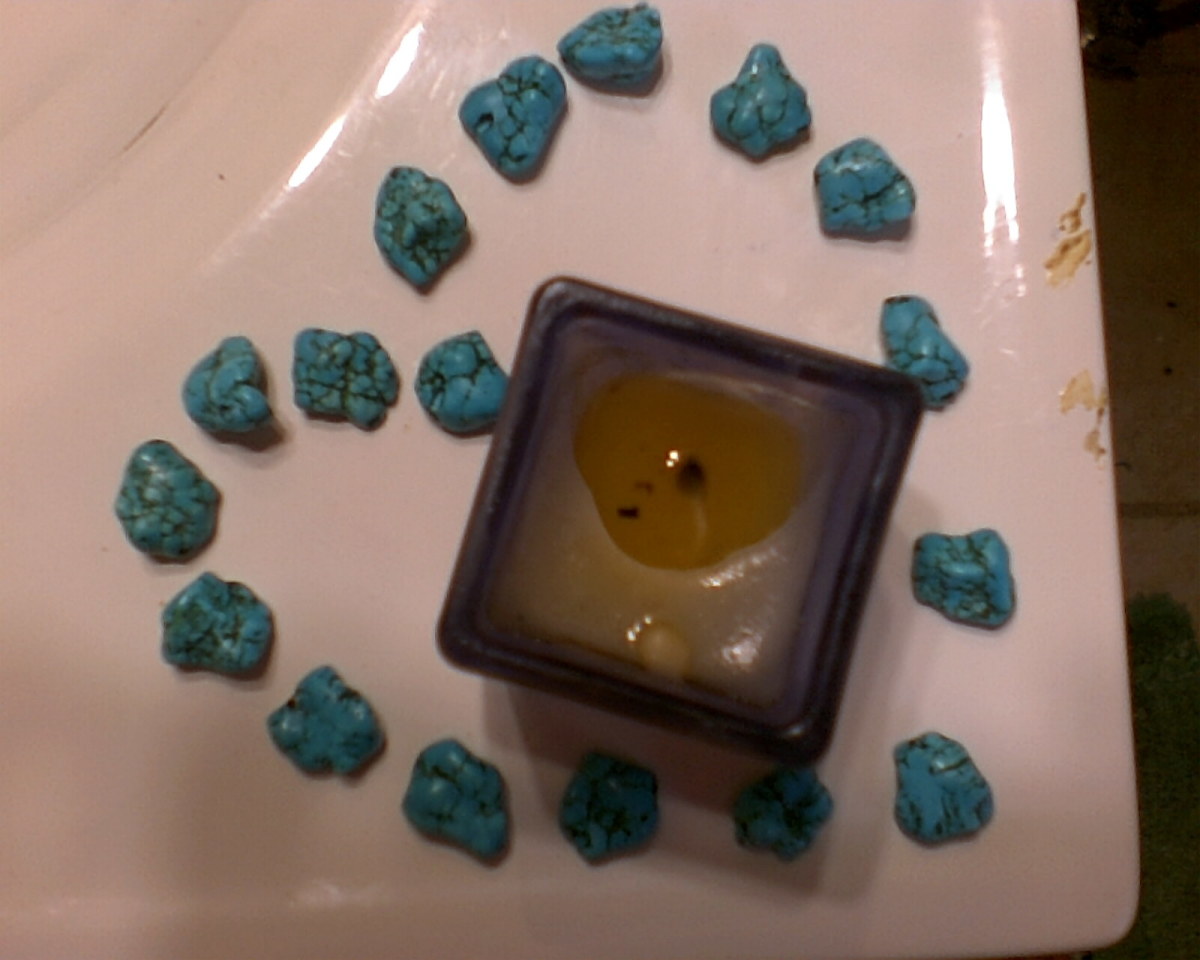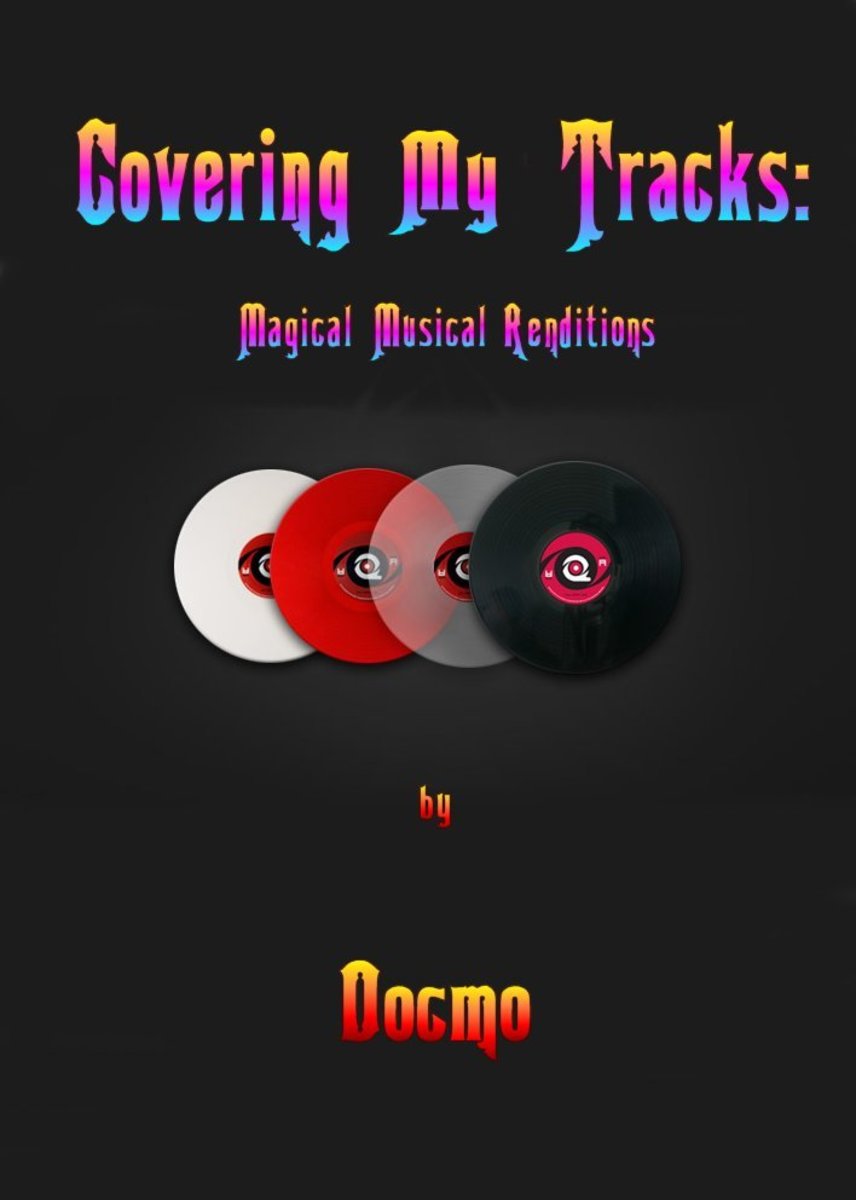Austin Music Timeline (1900's-present)
Austin Music Timeline

From Threadgills to the Armadillo World Headquarters there was something about Austin that hit a magical note. A city rich with culture and diversity that attracted artists and hippies from all corners of the globe. A place where one can hear live music in the air every night of the week, bringing forth millions of tourists every year to experience the unique vibe that is Austin, Texas.
Coming to this city at the age of 15 and at the end of the eighties was in my opinion, perfect timing. The population was still tolerable and many historical venues, dance clubs, and legendary musical acts were still in the spotlight and I was at the height of my curiosity. Living right outside the city limits, I jumped at the chance to escape beyond the hedges of my parent's suburban bubble to the heart of the city. Austin was a magical place to me, full of creative people with a unique counterculture that opened my enchanted eyes to a whole other world. I had the pleasure in seeing the greats such as Stevie Ray Vaughn at the Austin Aqua Fest, Joe Rock Head at Steamboat, The Arc Angels at the Backyard, Retarded Elf at Liberty Lunch, and Flametrick Subs at The Black Cat. Many others were still thriving in their prime like the Austin Opera House, Austin Coliseum, The Backroom, and Emos. Most of these iconic venues may be gone forever, but they live on inside my memory with a deep heartfelt nostalgia. A lot has changed in years past and many faces of the city have changed too quickly, but I am glad I experienced it. All were a part of my musical upbringing in the "Live Music Capital of the World" and the experience would change me forever.
Here is the timeline that represents a little history of Austin's Music and some of the people that helped make it "The Live Music Capital of the World".
1900s:
(1903-1996) Roosevelt Thomas "The Grey Ghost"
- Founding Father of blues in Austin.
- 1988 Texas Music Hall of Fame winner.
- Known for his "Barrel House Blues".
(1910-1986) Teddy Wilson
- Born in Austin and became noted as the most influential jazz pianist of all time.
- Played with Louis Armstrong, Benny Goodman, Billie Holiday and Ella Fitzgerald.
1920s:
(1929) The Ritz opens
- Opens as a segregated movie theater with a back entrance reserved for people of color and later closed in 1964.
- Opens its doors shortly again in October of 1974 to 1975 as a music venue and movie theater.
- In 1981, managed under Carrie Underwood, opened its doors as a Punk Rock venue housing many national talents in the hardcore/punk scene such as Black Flag, The Misfits, Husker Du, The Circle Jerks, Dead Kennedys and Minor Threat. This introduced a whole new wave in the punk scene growing in Austin.
- Closed again in 1982 and has since been a pool hall, bar and music venue until 2007, when local company and theater, The Alamo Drafthouse, took over the lease and brought it back to its roots.
1930s:
(1933) Threadgills opens
- First opens as a service station and local hang out for traveling musicians and hosted nightly jam sessions including legendary Jimmie Rodgers.
- Later became a favorite local hang-out to Janis Joplin
1940s:
(1940-1999) Liberty Lunch opens its doors
- Opened as an eatery in 1940 and later evolved into a live music venue in the 70's featuring all genres of music from Rock, Ska, Punk and Country. Sadly, it was forced to shut its doors in 1999 due to Austin's Downtown redevelopment of the late 1990s.
(1948) Rev. Albert Lavada Durst becomes first African American disc jockey on KVET, Austin's own radio station.
- After joining forces with KVET owner, Jim Connally in the mid 1940s opened the station to African American and Mexican American broadcasts.
- Known as the jive talking 'Hep Cat' on his radio show entitled the Rosewood Ramble, he became popular with college students introducing them to Jazz and Rhythm and Blues.
- In 1978, Warner Brothers trade magazine recognized him as the inventor of Rock and Roll radio.
(1945) Victory Grill opens
- Noted as the 'Juke Joint' that became a noted venue along the "Chitlin Circuit"
- Hosted musicians such as B.B King, Bobby "Blue" Bland, Big Joe Williams and a host of local greats such as Blues Boy Hubbard, T.D. Bell and Erbie Bowser.
- Artists like Billie Holiday and later Janis Joplin made the grill a regular stop when in the city, as it was a gathering place for musicians of all walks of life.
(1948) Skyline Club opens
- Opens just two miles north of the Austin city limits on the old Dallas Highway, known at the time for it's line of country and western nightlclubs.
- Noted as last club the Hank Williams performed at before his death on New Years Day 1953.
- Also, booked gigs with Elvis Presley and Johnny Horton.
(1949) Nash Hernandez Orchestra Band was formed
- Began with all Hispanic band members
- Nash Hernandez, who became a local charitable icon was named Ambassador of Goodwill in 1975 and later was inducted in the Austin Music Hall of Fame in 1999.
1950s:
(1951) Cajun fiddler Harry "Jole Blonde" Choates dies in Travis County Jail.
- Gained early exposure playing in bands with Leo Soileau and Leroy Leblanc and split off in 1946 forming the Melody Boys who earned a top 10 hit with "Jole Blonde" recorded by country singer, Moon Mullican.
- Trouble with alcoholism and found in contempt of court for non-payment of child support, was sentenced to jail and took his own life in Austin on July 17, 1951.
(1957) Continental Club Opens
- Opens as a swank private supper club entertaining guests and with touring groups such as Tommy Dorsey and Glenn Miller.
- Today, it is known as one of Austin's oldest standing venues still hosting local and touring greats.
1960s:
(1964) Broken Spoke opens
- Opens as a Country music dance hall and by 1966 was booking headliners such as legendary Bob Wills, Ernest Tubb, Roy Acuff, Hank Thompson, Tex Ritter, Ray Price, Kitty Wells, Grandpa Jones, George Strait and Willie Nelson.
(1965) Roky Erickson founded 13th Floor Elevators
- Austin's first local Psychedelic Rock band to get national attention.
- Roky Erickson is known as one of the pioneers of Psychedelic Rock.
(1966) Soap Creek Saloon Opens
- Was a popular Texas music honky tonk and housed many gigs including Marcia Ball, Joe Ely, Alvin Crow, Stevie Ray Vaughan, Doug Sahm, Uranium Savages and many more during its 23 years support of Texas music.
- Closed it doors in 1989.
(1967-1970) Vulcan Gas Company Opens
- Became first successful psychedelic music venue in Austin.
- local bands such as legendary Shiva's Headband and 13th Floor Elevators were notably frequent gigs.
1970s:
(1970-1980) Armadillo World Headquarters opens its doors
- Followed the legacy of The Vulcan Gas Company, put Austin back on the map as a renowned musical city.
- The blend of Country and Rock music that played began an 'Austin sound' that booked headliners such as Frank Zappa, ZZ TOP, Bruce Springsteen and AC/DC.
(1970) Inner Santum Records
- Opening in August of 1980 at the original location on the corner of 24th and Rio Grande, Inner Sanctum Records became a magical music haven for hippies, college students and musicphiles.
- Later moving to a larger location closer to the University of Texas on 24th street right off the drag, the little record shop hosted touring acts in-store and in the parking lot.
- Housing every weird, obscure and rare vinyl oddity that you could fathom-Inner Sanctum become a local hang-out and noted as one of the first Texas indie record stores.
(1975) Antones opens its doors
- Founded by legendary promoter, Clifford Antone who helped launch the careers of Stevie Ray Vaughn, The Fabulous Thunderbirds, Ian Moore, Los Lonely Boys, Arc Angels and more.
- Also, hosted legendary Blues greats such as Pinetop Perkins, James Cotton and B.B King.
(1976) Austin City Limits TV show airs
- Becomes longest running music show in history.
- The studio becomes a landmark inducted in to the Rock and Roll Hall of Fame in 2009
(1977) The Frank Erwin Center opens
- Becomes Austin's largest venue
(1977) Steamboat opens on 6th Street
- Becomes a hot local venue for popular local musicians in the 80's and 90's such as Stevie Ray Vaughn, Pushmonkey, Steamroller, Soulhat, Vallejo and Joe Rock Head.
(1978) Austin's Punk/Alternative scene emerges.
- Club Foot opens its Doors on the corner of Brazos and 4th serving up an emerging punk scene.
- Raul's became a local hangout, hosting local emerging favorites such as The Skunks with the legendary Austin's godfather of punk, Jesse Sublett and the Violators who consisted of later GO-GO's bassist Kathy Valentine.
1980s:
(1982) Waterloo Records opens
- Awarded "Best Record Store" in the Austin Chronicle's 'Best of Austin' awards nearly every year since it opened.
- listed as an iconic music store and one of the best music stores in the United States.
(1984-2002) The Black Cat Lounge opens
- Legendary Rockabilly and Blues dive hosted greats such as Austin's own Flame Trick Subs and all the $2 Lone Star and Pabst Blue Ribbon you could drink.
(1983) Daniel Johnston comes to Austin after a stint with a carnival crew and hands out low-fi tapes of his recordings decorated with his artwork.
- Becomes a highly followed and highly anticipated musical act attracting a cult following.
- Songs of love and soul-searching mirrored his life and struggle with mental illness.
- Was featured on MTV's "Cutting Edge" and at the 1992 Music Awards when Kurt Kobain was wearing Johnston's artwork and often mentioned him in interviews gaining him national exposure.
- In 1993 The Sound Exchange record store commissions local singer/songwriter Daniel Johnston to create a mural of "Jermiah the Innocent" (Hi How Are you?) on the side of the store from his 1983 album cover. Since then the mural has stood as an iconic Austin figure in local culture and music.
(1984) The Texas Music Museum opens
- Houses exhibits from Texas' rich and diverse music scene.
(1986) SXSW music conference is formed
- In July 1986, the organizers of the New York City music festival New Music Seminar contacted Roland Swenson, a staffer at the Austin Chronicle, about organizing an extension of that festival into Austin, but the plans did not follow through.
- Swenson decided to instead co-organize a local music festival, with the help of editor and co-founder of the Austin Chronicle, Louis Black, publisher Nick Barbaro and Louis Meyers, a booking agent and musician.
(1987) First annual SXSW Music Conference begins in Austin
- Taking place every spring annually in Austin, it is currently the largest interative, film, and music festival to date.
- Is the highest revenue-producing event for the Austin economy, with an estimated economic impact of $190.3 million in 2012.
1990s:
(1990) Stevie Ray Vaughn a local musician wins Grammy for "Best Contemporary Blues Recording"
- Tragically that same year, dies in a helicopter accident leaving for the next venue on the "In Step" tour in East Troy Wisconsin.
(1990) The Austin Music Commission is formed
- Serves as an advisory board for the city council on music development issues.
(1991) Austin is named the "Live Music Capital of the World "
(1992) Emos opens
- Starts as a local punk club originally located in the Red River music district, and helped formed Austin's live music scene.
- Now an Austin iconic venue hosting bands of many genres including Indie, Alternative, Rock and Hip Hop.
- The original location closed in 2012 and reopened its new location at 2015 E. Riverside hosting various artists and major label and local.
(1994-2005) The Austin Music Network Airs
- AMN becomes first non-profit independent music channel.
- Documented live performances and played uninterrupted videos from local and Texas musicians.
(1994) Stevie Ray Vaughn Memorial is erected on Town Lake
(1999) Music becomes regular form of entertainment for arriving guests at Austin Bergstrom international Airport and continues with performances eleven times a week.
2000s:
(2002) First annual Austin City Limits Music Festival
- Brings in national bands from all over the country.
(2006) Fun Fun Fun Fest launched
- FFF kicks off hosting an annual fall festival of hip-hop, electronica, punk/metal, indie rock and comedy.
(2006) Austin is named Gibson "Guitar Town"
- 15 guitar sculptures were created by notable musicians and artists
- Are displayed throughout downtown, at Austin Bergstrom International Airport and city hall.
(2008) The Texas Music Memorial is opened on 'City Terrace' at the Long Center of Performing Arts
- Honors individuals every year who have made important contributions to the development of the music scene in the Austin community.
(2011) The new ACL live studio at Moody Theater opens
- Seats 2,750
- Serving as the new location for the Austin City Limits live taping and as a music venues
(2011) AMP (Austin Music People) is created
- Serving as a colalition serving the music venues musicians and fans, helping preserve the growth of the economic development creative sector of the city participating in policy development, and representing live music interests in public and private forums.
(2012) Willie Nelson honored in the unveiling of his bronze statue, "red-headed stranger" at 4:20 pm on April 20, 2012.
- A gift from the city of Austin for Willie's contribution to Texas music and for helping develop Austin as a Texas music epicenter.
- Located in front of The new legendary ACL Moody Theater on Willie Nelson Blvd.
These are just some historical facts about what makes Austin what it is today and there are countless others who made this town the iconic music epicenter that it is, but that would write a novel in itself. To Austin-my home, to the music, to the people who make it all happen...Viva la Austin Musica!
© 2010 Stephanie Ford




